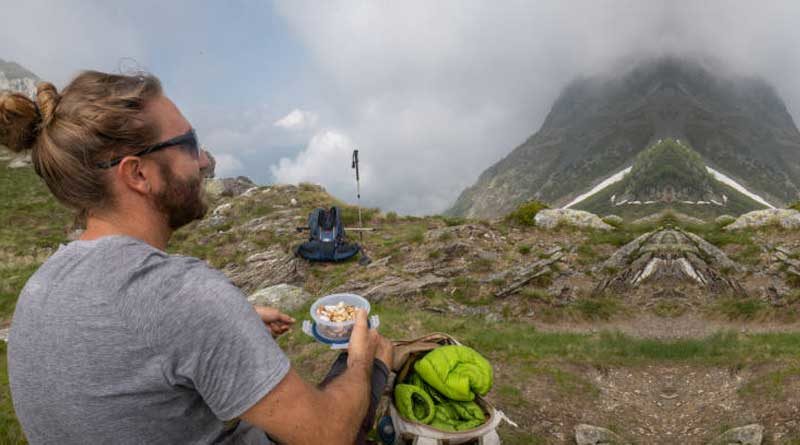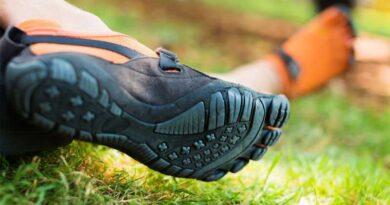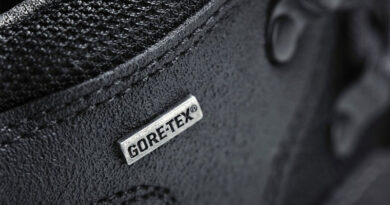What to Pack for Backpacking Meals?
The food that you bring on the trail is going to be a largely personal decision based on your tastes, the nutritional value you’re seeking, and also the ease to cook it. Some hikers choose food as a fuel mentality where they choose food strictly for calories, lightweight, and convenience. Other hikers are willing to prepare a little bit more ahead of time. They even make their recipes and dehydrate them to get that extra nutritional value. For ease and convenience, most lightweight backpackers tend to lean more towards the food as a fuel mentality.
Measure the Amount of Calories
If you want to get light with your trail food, you need to measure the number of calories per ounce in the food that you’re bringing. This is simply a measure of the amount of energy the food is going to give you for the weight that is going to cost to carry. To calculate, simply tally up the calories on the back of your packages and divide by the total amount of weight.
Foods like nuts, peanut butter, chocolate, and olive oil tend to have very high calories per ounce ratios whereas foods like fresh fruit and vegetables tend to have pretty low calories per ounce. Keep in mind if you bulk up only on foods with high calories per ounce, you’re not going to have a very balanced diet.
A range of 120 to 130 calories per ounce is considered a good balance of calories and taste. Your goal is to get as much nutrition, calories, and taste out of your food while keeping weight as low as possible.
Good trail nutrition is just like good nutrition at home. You want a balance of fats, proteins, and carbohydrates while getting as much fiber, fruits, and vegetables in your diet as possible.
Ease of Cooking
Are you going to want to wake up and cook breakfast every morning?
The ease of cooking should be another important consideration for trail food. It’s going to take more than boiling water and pouring it into a bag. That’s probably a little too much work. When you’re choosing dehydrated meals, make sure you look for ones with shorter cooking times.
Bring Enough Food
Most people find that if they’re hiking long miles, they usually want to cram a bar and get walking in the morning. Also, make sure you know how much food you’re going to bring. On long days of hiking, you’re probably going to use a lot more calories than you think. Some thru-hikers find that they expend 4,000 to 6,000 calories a day. You might want to bring a little bit more food depending on how strenuous your hike is going to be.
You’re going to want to avoid all canned food because they tend to be low in calories, very heavy, and then you’re also going to have to pack out the trash. You’re also going to want to repackage all your trail food in Ziploc bags to save weight and volume.
Breakfast
For breakfast, make sure to think about if you’re going to want to cook or not. If you do things like oatmeal coffee and tea it can be nice. If you’re not going to want to cook, bars, Pop-Tarts®, granola, milk, and a breakfast mix can all be nice options.
You can also sprinkle in snacks. Things like nuts and trail mix tend to be good in the morning. Snacks are a very important part of a good trail diet. You find that you’re going to be burning lots of calories so keeping snacks in the easily accessible place in your hip belt pocket to have every hour or two is a good idea. Some common quick and easy trail snacks are bars, crackers and chips, trail mix nuts, Beef Jerky, various dried fruits, and many hikers also bring candy.
Lunch
For lunch, a sandwich is a pretty quick convenient option. They can easily be made with bagels or whole wheat tortillas, which tend to hold up well on the trail. They can be made with peanut butter, honey, Jam as well as hard meats and cheeses which will keep well.
Freeze-dried backpacking dinners can be a pretty convenient option but they’re also going to be pretty costly at around $7 to $10 per piece. You can find some pretty common options in most supermarkets that are going to cost a fraction of the price and they’ll cook up just as nicely. Things like pasta sides, rice sides, and couscous tend to cook up well as well as mashed potatoes which don’t even need boiling water. Ramen noodles and other dry soups are also great. Stuffing is a pretty convenient meal as well as Easy Mac. Those are pretty common lightweight backpacker choices. If you want to add a little protein you can add chicken or tuna to your meal.
Some Additional Things to Consider
Things like fast-food condiment packets are going to be light and help add flavor. Olive oil is a fantastic thing for adding flavor and calories. Small spice packets can add a lot to your meal as well as hot sauce.
Things like drink flavors can go into your water to change it up during the day while you hike and you can make hot cocoa or apple cider at night after your meal.
For some personal recommendations, fresh fruit might have a poor calories per ounce ratio but I generally bring a couple because it’s a nice treat. Also, make sure you practice Leave No Trace camping. If you pack it in, make sure you pack it out.
Conclusion
So that should give you an idea of some of the most common long-distance backpacking meals. Your choices are obviously very personal so choose what’s right for you. When you’re considering food make sure you choose food with good nutritional value while keeping weight low.
Hike light, hike smart and have fun.




